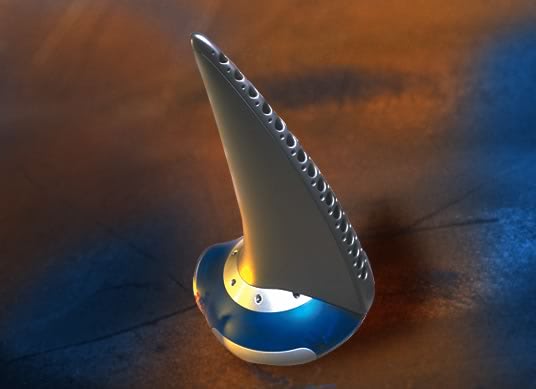Do you ever miss being able to smell the woods in an online travel journal? The odor of a new leather jacket in an online shop? Or perhaps you just couldn’t find the words in an email to describe the delicious scent of your freshly baked goods?
DigiScents did, or at least thought a lot of consumers in 2001 were encountering this gap in the day's technology. The idea of adding smell to the way we communicate online unfortunately was not successful. Failing to surpass the prototype stage, its ambitious concept to link our rapidly growing technology use to more senses than our eyes and ears, actually does something more: It reveals the true colors of the technology we use.
Probably unintentionally, the product makes it painfully clear that the bits and bytes we use in our daily routine need extensions to be optimized for the human body. In other words, to align the existing technology better to the way we act (and want to act), these products make it apparent that it is still technology.
The iSmell, as the scent machine was called, produces a smell based on a tank with fixed amount of odors, which can be combined to attain a certain mix. The company hoped to achieve billions of odors with just 100 to 200 primary scents. The iSmell was triggered by websites, emails or programs. New companies are continuing this idea in new forms, as well as trying to transfer it to other mediums. Perhaps by 2020 we can smell what that chef is cooking on TV.
Whether or not this technology can be succesfully introduced in the future, one does wonder: Do I really want to smell what that online article has to say about trashbins?

Share your thoughts and join the technology debate!
Be the first to comment